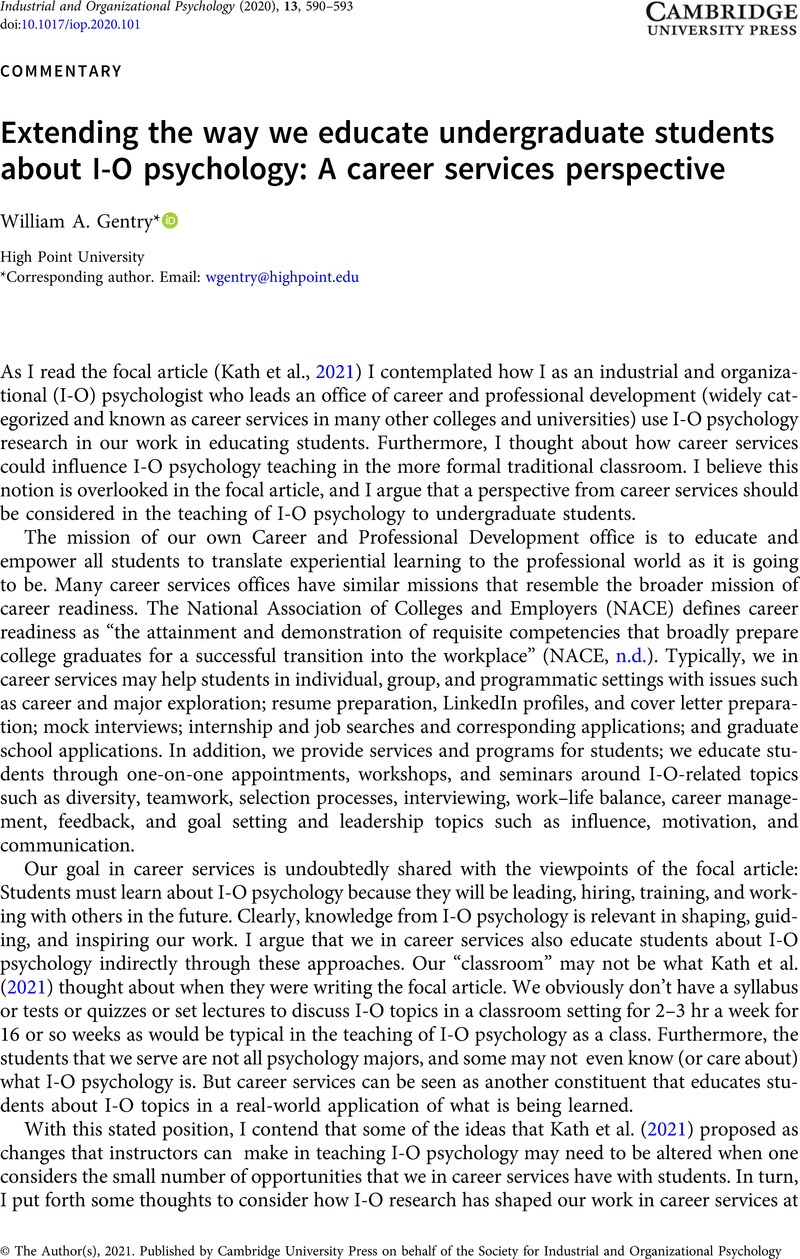Eddy, E.,
Tannenbaum, S.,
Alliger, G.,
D’Abate, C., &
Givens, S. (
2001).
Mentoring in industry: The top 10 issues when building and supporting a mentoring program. Technical report prepared for the Naval Air Warfare Center Training Systems Division (Contract No. N61339-99-D-0012).
Google Scholar 